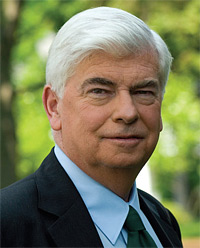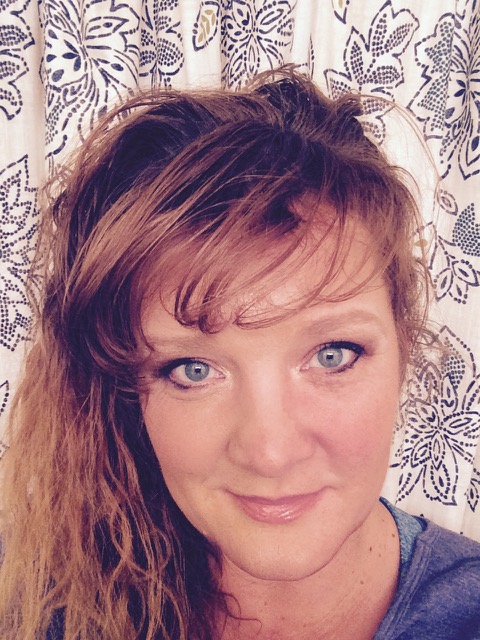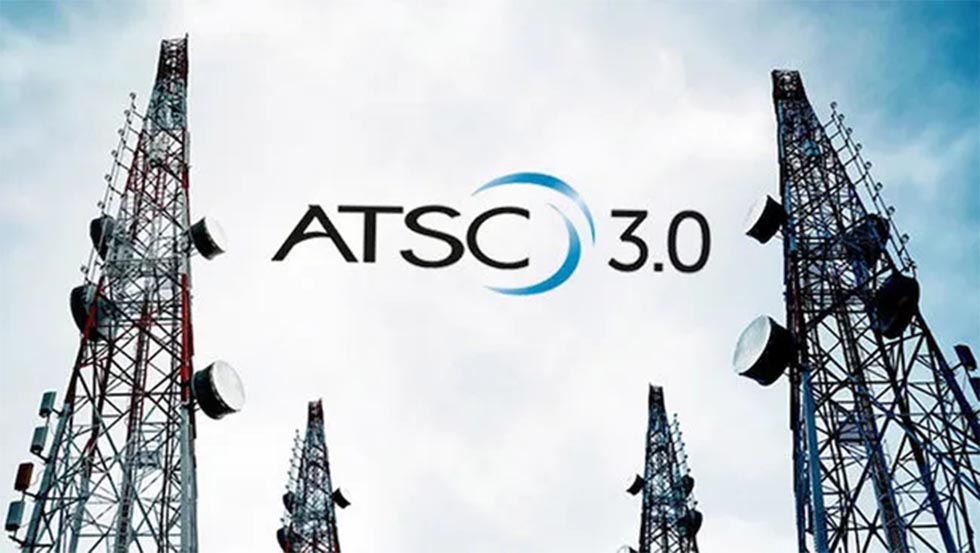SMPTE Conference to Examine Copyright, Imaging Issues
HOLLYWOOD – With a unique set of new challenges facing the industry, the Society of Motion Picture and Television Engineers is looking at its fall technical conference as an opportunity: a chance to tackle a set of issues in a way that only a SMPTE conference can do.
That translates into a heavy dose of engineering detail and in-depth technical workshops that take a keen, close look at the goings on behind the headlines of the some of the bigger issues facing the industry. The SMPTE Annual Technical Conference and Exhibition lands smack in the midst of the movie-making capital when it opens its doors at the Hollywood Renaissance Hotel from Oct. 25-27.

MPAA President Chris DoddMPAA CHIEF TO SPEAK
Take the long-running ruckus over copyright infringement, and the ongoing problems created by unauthorized digital theft. SMPTE has tasked former Senator Chris Dodd to address that issue as part of a special SMPTE conference luncheon on Oct. 26, where the chairman and CEO of the Motion Picture Association of America (MPAA) will look at the ways that digital content theft is derailing the entertainment industry.
"The movie and the TV industries aren't just about big studios and stars. More than 2.2 million … people in all 50 states depend on the entertainment industry for their jobs," he said. "For all of these workers … content theft means declining incomes, lost jobs and reduced health and retirement benefits."
The trend has meted out some unfortunate casualties, from loss of revenue to loss of employment. And the problem continues to grow, said SMPTE President Pete Lude, which is why SMPTE is choosing to address the issue prominently.
"Our attendees are on the front lines of creating the technologies that help protect the creative product of the MPAA's members," he said.
The conference also aims to tackle the big technological queries facing the industry, and will open the show with an all-day pre-conference event that will look solely at one aspect of the moving picture industry: the perplexities surrounding large-sensor imaging.
"We wanted to pick a key topic that was of interest, something that we think deserves more detailed attention," said Barbara Lange, SMPTE executive director. "And this issue is a fundamental shift to the way that cameras themselves work."
After years of working with professional cameras designed primarily the same way—with separate image sensors and processing channels for the red, green and blue primary colors—camera operators have begun to work with models that have shifted away from the component tri-stimulus design. Improvements in fabricated methods and upgrades in technology have ushered in large, high-performance CMOS sensors. Welcome the new guy: the single-sensor camera that replaces the complex mirroring work of standard three-sensor cameras and is fundamentally changing the motion imaging process.
"We want to explore what the full implications are of this few format," Lange said.
The all-day conference will look at the way that this large-image format is changing the technique of shooting and how this new design is impacting the way that files are being captured and stored—which in turn impacts the workflow process for color management and signal processing.
This one-day SMPTE Symposium will look at the fundamental differences in the three-sensor and single-sensor systems, giving a historical look at the camera's evolution, exploring the way that large-scale professional workflows may have to evolve and delving into the science behind optics and image processing.
TYING IT ALL TOGETHER
When the doors open on Oct. 25, the fall SMPTE show will again pivot around its Technical Conference, giving attendees an update on all things standards-related at sessions like "Tying it All Together: A Watershed Moment in the Media Industry," which will look at the latest technological standards developments, such as the new SMPTE standard for delivering video over IP streams. A section devoted to display technologies will look at the wave of 3D displays sweeping into consumer homes and broadcast backrooms. And "Mobile Devices: The Next Wave of 3D Displays" will offer insight into how the glasses-free 3D technology will work on smart phones and tablets, and how content will have to be re-prepped and reprocessed to adapt.
Aging technologies will also find a hot seat in the spotlight, where sessions like "The Validity and Relevance of Reference Displays" will peer back at the glory of CRT displays and whether or not a new reference monitor type ought to reign in the broadcast back room.
There will also be ample discussion on nuts-and-bolts issues like digital workflow efficiency, with presenters touching on workflow improvements, ways to improve technical integrity in tapeless production, and new developments in the area of file content analysis.
The conference will also take an in-depth look at the status of the 3D market and just how well the technology is proliferating throughout the market. At last year's SMPTE conference, an ecosystem of standards was discussed, which were designed to help enable the rollout of 3D to the home. This year SMPTE will give an update on what gaps in the standards remain and how well the rollout is progressing. Audio will take the stage in sessions like "3D Audio: A New Dimension in Cinema Sound," where speakers will note the relatively slow evolution of cinema audio and the ways that the 3D cinema revival may spark the introduction of a 3D audio format.
The organization is also hoping to use this convention as a launch pad for a new endeavor: better raising awareness of the visibility of standards work, which is a vital piece of SMPTE'S mission.
The organization has not always been the most adept at raising awareness of SMPTE's own successes, said Lange, but the goal this year is to change that. "We're going to communicate more regularly with status reports" on what the successes the organization has landed.
The professional video industry's #1 source for news, trends and product and tech information. Sign up below.
Susan Ashworth is the former editor of TV Technology. In addition to her work covering the broadcast television industry, she has served as editor of two housing finance magazines and written about topics as varied as education, radio, chess, music and sports. Outside of her life as a writer, she recently served as president of a local nonprofit organization supporting girls in baseball.

